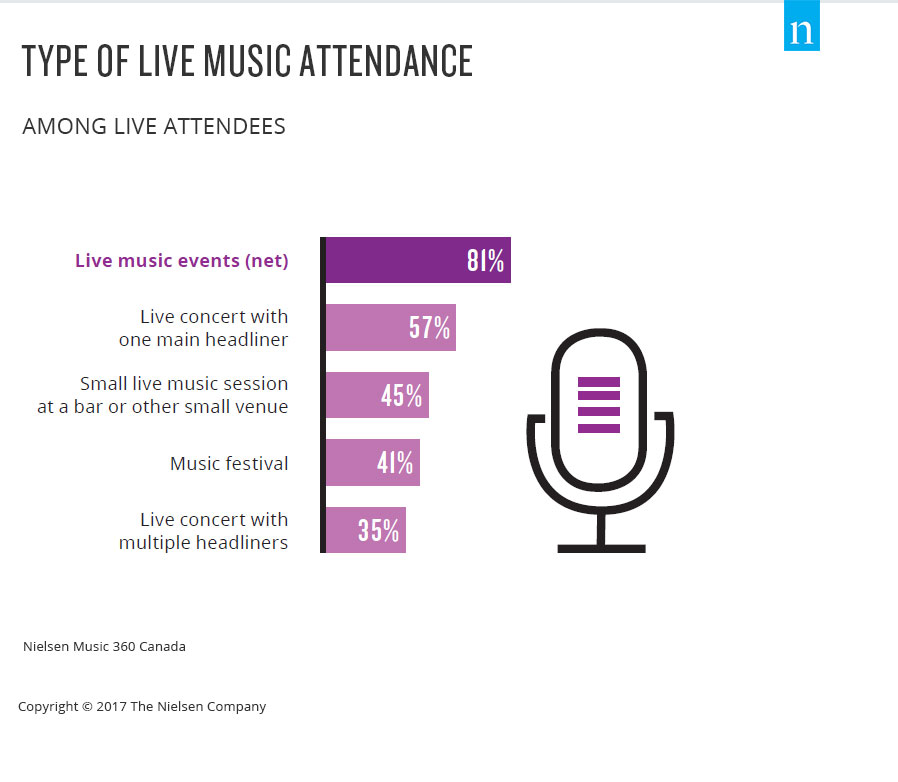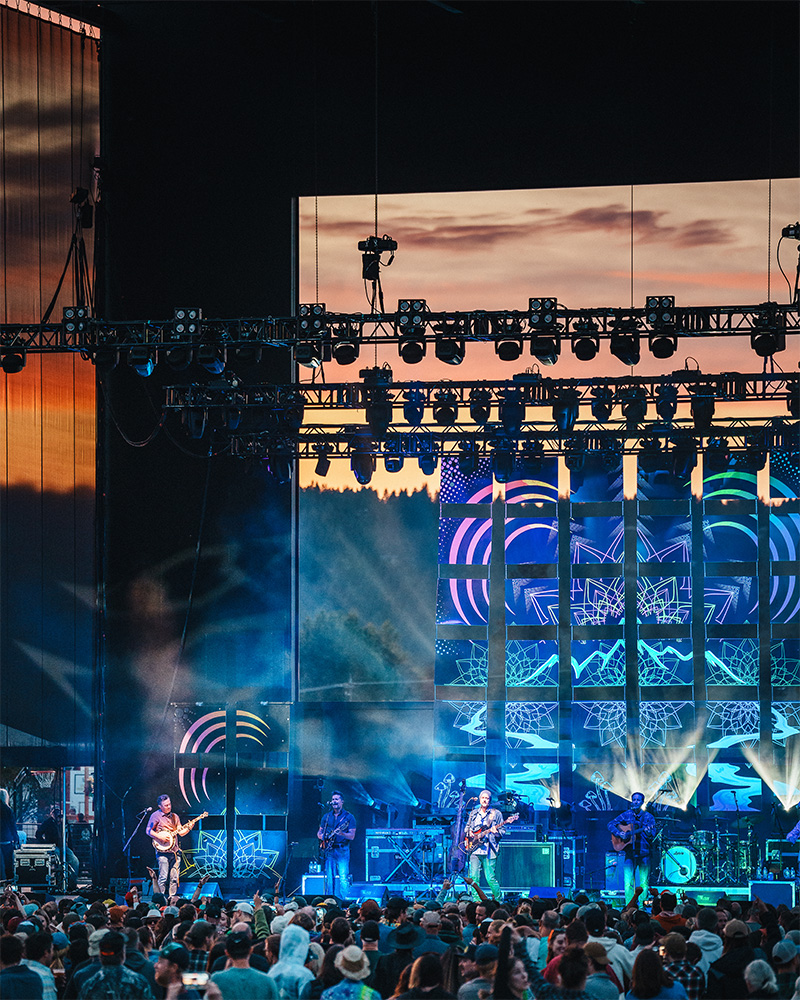Have you ever wondered how long your favorite concert lasts? Imagine being swept away by the music, surrounded by fellow fans, but then realizing the night is ending. The concert duration can vary greatly depending on the artist, venue, and music genre. This blog explores the intriguing question: how long is the average concert? Join us as we uncover the factors that contribute to the length of a concert, from high-energy rock performances that can last for hours to intimate acoustic sets that leave you wanting more. Discover the secrets behind the timing of live music events and learn what to expect when you attend your next concert.
Had several guests at the new cabin already and they were super happy! If anyone wants to stay here in western Norway msg me for AirBNB info! 🙂 pic.twitter.com/Lv29EraL83
— AverageJonas 🇳🇴 (@Average_Jonas) March 17, 2024
Introduction to Concert Duration
Attending a live concert is an electrifying experience that music enthusiasts cherish. Concerts vary in duration based on the artist, venue, and type of event. Understanding the average concert’s duration can help attendees plan their schedule accordingly and fully immerse themselves in the musical journey.
Factors Influencing Concert Duration
The duration of a concert is influenced by several factors, including the artist’s repertoire, audience engagement, and potential encores. Artists performing extensive discographies might have longer concerts compared to emerging artists.
The venue and event type also impact concert length, with music festivals spanning several days and featuring multiple performers across various stages.
Typical Concert Durations
On average, concerts typically last 1.5 to 3 hours, including intermissions or breaks. However, music festivals or special events can extend over multiple days, offering attendees an immersive musical experience.
- Headline concerts usually last around 2-3 hours, allowing the leading artist to showcase their talent and engage with the audience.
- Intimate performances: Smaller venues or acoustic sets may have shorter durations, ranging from 1 to 2 hours, creating a more personal connection with the audience.

Factors Influencing Concert Length
Concert length can vary significantly depending on various factors that organizers and performers consider to ensure an enjoyable experience for the audience.
Artists and Repertoire
The complexity and duration of the musical pieces significantly impacted the concert’s overall length. Some genres, such as classical music, often have longer compositions, leading to extended performances.
Conversely, pop and rock concerts tend to have shorter songs, allowing more pieces to be performed within a similar timeframe. This can affect the average length of a concert in a particular genre.
Concert Type and Venue
The duration can be influenced by the type of concert, whether it’s a solo performance, a duo, or a large ensemble. Additionally, the venue size and acoustics are crucial in determining a concert’s length.
- Intimate venues typically host shorter concerts, while large stadiums may accommodate longer performances with elaborate production.
- Outdoor concerts might have restrictions on noise levels, affecting the duration of the event.
Artist’s Preferences and Audience Expectations
Some artists prefer shorter, high-energy performances, while others opt for more extended sets with room for improvisation and interaction with the audience.
Matching the artist’s preferences with the audience’s expectations often determines the ideal concert length.
![The Energy of Live Music - Concert Experience in [year]](https://vegasexperience.com/wp-content/uploads/2017/12/Good-Charlotte-Concert-75.jpg)
Popular Music Genres and Concert Durations
Knowing the average duration of different music genres can help plan your evening when attending a concert. In 2021, concert durations vary depending on the genre and artist, offering music enthusiasts a diverse range of experiences.
Rock and Metal Concerts
Rock and metal concerts are known for their high-energy performances, which can last between 2 and 3 hours. The intense atmosphere and extended instrumental solos make these concerts a favorite among fans who enjoy long musical journeys.
Pop and R&B Shows
Pop and R&B concerts typically last 90 minutes to 2 hours. They feature catchy tunes and choreographed dance routines that keep the audience engaged throughout the show.
Electronic Dance Music (EDM) Events
EDM events are renowned for their all-night dance parties, which last 4 to 6 hours or even longer. The pulsating beats and mesmerizing visual effects create an electrifying ambiance for attendees.
Case Studies of Notable Concert Lengths
When pondering how long the average concert is, looking at notable case studies can provide insights. In the era of diverse music genres and artist preferences, concert lengths vary widely. The 2022 data showcases these variations, giving audiences an eclectic experience.
Rock Bands’ Epic Performances
Rock bands like The Rolling Stones and U2 are known for their epic performances, which can last up to 3 to 4 hours. These concerts often feature elaborate stage setups and extensive setlists, keeping fans engaged throughout the night.
Pop Stars’ Energetic Shows
Contrasting with rock bands, pop stars like Taylor Swift and Beyoncé tend to have 2 to 2.5-hour concerts filled with high-energy dance routines and interactive crowd engagement. These shows are renowned for their polished production values.

Impact of Technology on Concert Length
With the evolution of technology, the average concert length has significantly transformed in recent years, directly impacting the overall experience for artists and audiences alike. One key way technology has influenced concert length is through the use of advanced sound systems and lighting effects, allowing performers to create more immersive and visually captivating shows.
Integration of Visual Effects
Incorporating high-tech visual effects has become a common trend in modern concerts, enabling artists to enhance their performances’ overall ambiance and appeal. The use of 3D projections, LED screens, and interactive lighting designs has extended the duration of concerts and revolutionized how music is experienced live.
These innovative visual technologies have successfully blurred the line between reality and fantasy, offering concert-goers a genuinely immersive and unforgettable journey through music.
Virtual Reality Experiences
Moreover, the integration of virtual reality (VR) technologies has ushered in a new era of concert experiences, allowing audiences to enjoy live performances from their homes. Artists have started incorporating VR components into their shows, providing fans a unique and interactive way to engage with their music.
- This cutting-edge technology extends the reach of concerts beyond physical venues and presents new opportunities for artists to connect with global audiences on a more personal level.
Attendee Experience and Perception of Concert Duration
Concert duration plays a significant role in shaping the attendee’s experience and perception. The average concert length can vary based on the artist, genre, venue, and event type. Attendees often anticipate and prefer concerts that provide a well-paced experience, balancing entertainment value and duration. According to the latest data in the year 2021, concert duration trends have shown a preference for immersive experiences that keep attendees engaged throughout the show.
Factors Influencing Attendee Experience
The duration of a concert can impact how attendees perceive the overall event. Factors such as artist repertoire, stage presence, audience engagement, and venue atmosphere contribute to the overall experience. A well-structured concert with optimal pacing can leave a lasting impression on attendees, making them more likely to recommend the event to others.
Importance of Balanced Duration
Attending a concert with an appropriate duration is crucial for attendee satisfaction. Concerts that are too short may leave attendees wanting more, while overly long concerts can lead to fatigue and a decline in engagement. The key lies in finding the right balance to ensure that attendees are fully immersed in the experience from start to finish.
Frequently Asked Questions
- Why is the average length of a concert significant?
- The average concert length is essential as it helps concert-goers plan their schedules and know what to expect in terms of duration.
- What factors can influence the length of a concert?
- Factors that can influence the length of a concert include the artist’s preferences, venue restrictions, setlist length, audience engagement, and any potential encores.
- Are there standard lengths for different types of concerts?
- While no standard concert length exists, the average duration can vary based on the genre, artist, and event type.
- How can I prepare for the length of a concert?
- To prepare for the length of a concert, it’s advisable to check the event details provided by the organizer, plan transportation, and ensure you have essentials like water and snacks.
- Is there an intermission during most concerts?
- Intermissions in concerts are not as common as in theatrical performances, but some longer concerts may have a short break in between sets.
Unveiling the Truth: How Long is the Average Concert
In conclusion, the duration of an average concert can vary significantly depending on various factors, such as the artist, genre, and event type. However, after delving into the research and analyzing data from multiple music genres and concerts, it’s evident that most concerts typically range from about 1.5 to 3 hours. This timeframe allows artists to showcase their talent, connect with the audience, and create an unforgettable experience for concert-goers. Whether you are a hardcore music fan or enjoy attending live events, understanding the average concert length can help you better plan your concert experiences and make the most out of every performance.
